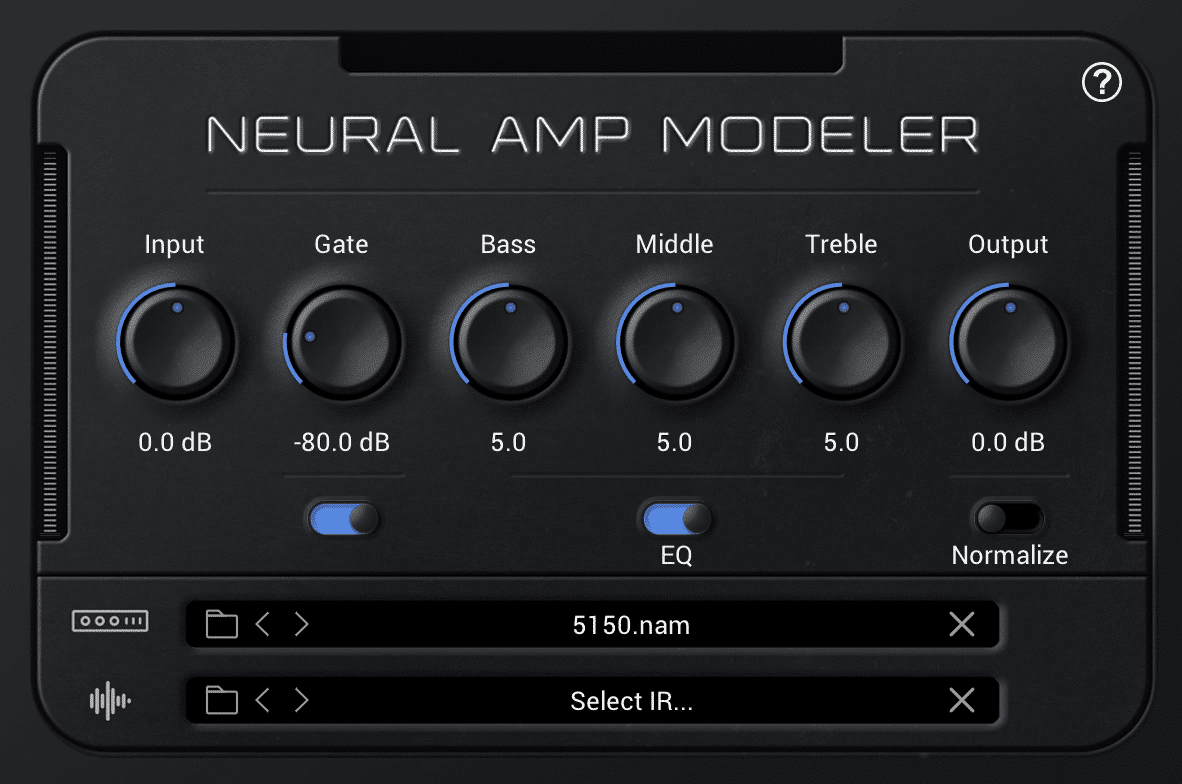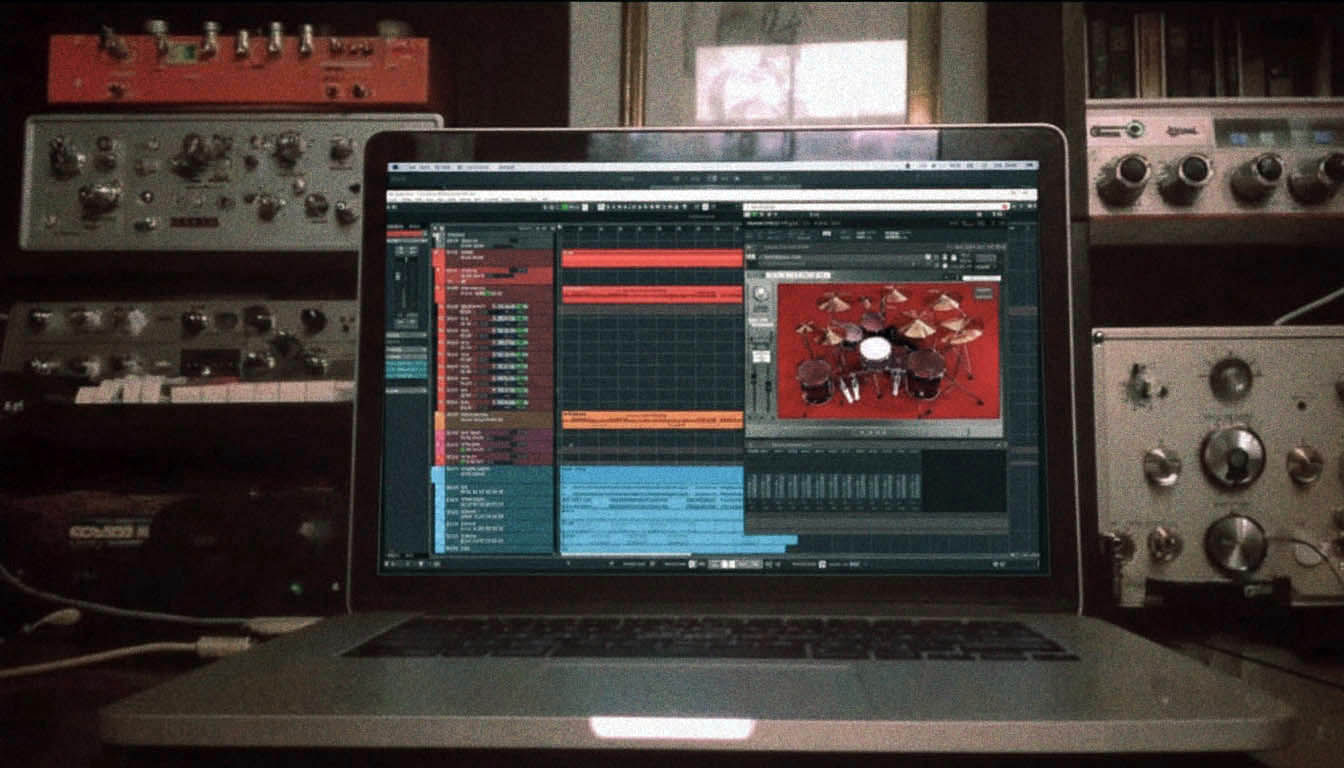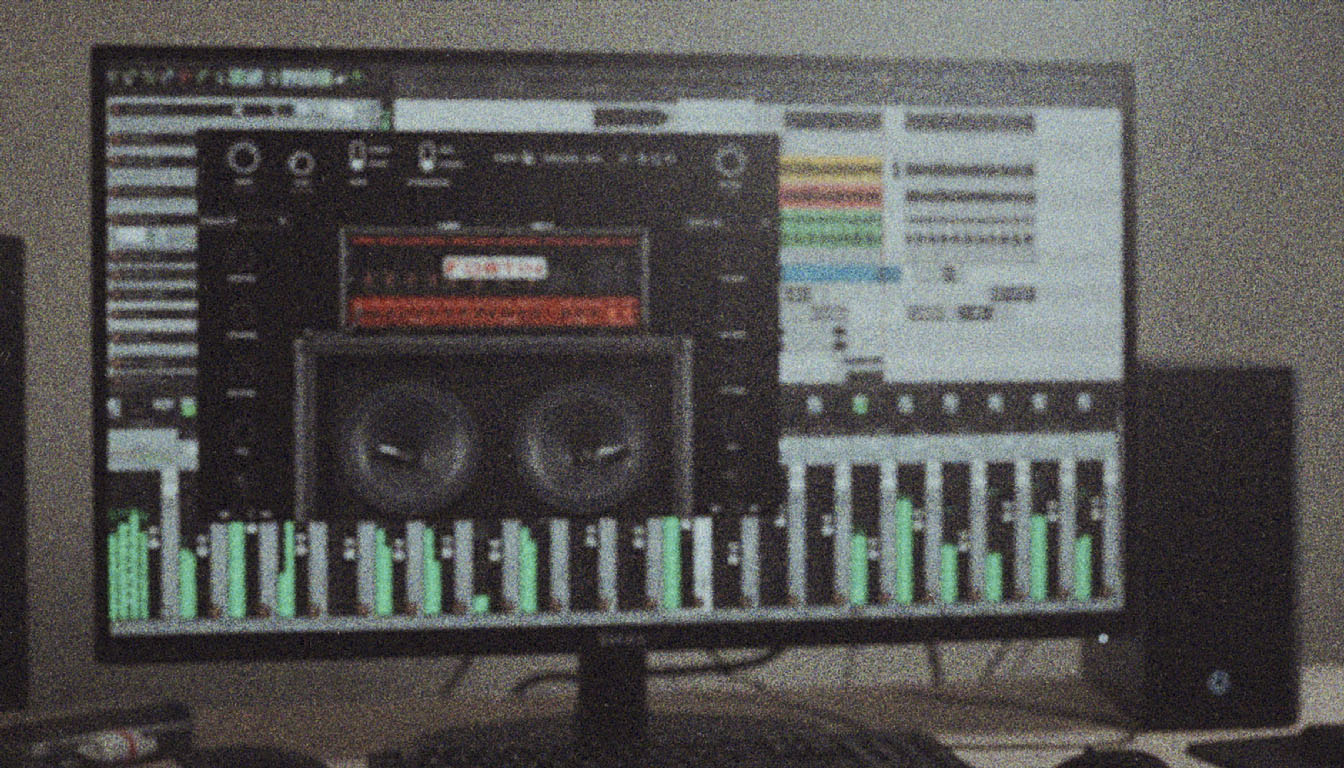
How The Fundamental Frequency Formula Defines Your Mix
Nail The Mix Staff
Ever wonder why your drop-G guitar track sounds like a muddy mess, but when you listen to a band like Monuments, their tone is devastatingly clear? Or why your kick drum disappears the second the 8-string chugs come in?
The answer often hides in a concept you might remember from a high school physics class: the fundamental frequency.
This isn’t just some dry, academic term. It’s the absolute core of your tone. Understanding what it is, how to find it, and how to control it is the difference between a swampy, amateur mix and a professional, punchy metal production.
Let’s break down the fundamental frequency formula, why it's a game-changer for metal (especially with low tunings), and how you can use this knowledge to make your mixes hit like a sledgehammer.
What's a Fundamental Frequency, Anyway?
In simple terms, the fundamental frequency is the lowest, and usually loudest, frequency present when a note is played. It's the specific pitch our brain latches onto to identify a note. Everything you hear above that—the grit, the texture, the harmonics—is built on top of this foundation.
The "formula" part connects the physical properties of a string to the frequency it produces. Think about your guitar:
- Tension: Tighter string = higher pitch.
- Mass (String Gauge): Thicker string = lower pitch.
- Length: Shorter vibrating length (fretting) = higher pitch.
When you tune down, you decrease tension. To stop the strings from flapping around like wet noodles, you use a thicker gauge, increasing the mass. This combination drastically lowers the fundamental frequency. A standard-tuned low E string (E2) has a fundamental around 82 Hz. Tune that down to Drop A (A1), and you're at 55 Hz. Go even lower to Meshuggah’s F territory (F1), and you're sitting around 44 Hz.
This isn't just a "lower note"—it's a seismic shift in the low-end real estate of your mix.
The Low-Tuning Problem: When Fundamentals Collide
Here’s where it gets messy for us metal producers. That low-end spectrum is already crowded.
The punchy, fundamental "thump" of a kick drum? That's often somewhere between 50 Hz and 80 Hz. The foundational note of your bass guitar? Same territory. This is why mastering the balance between the kick drum and bass is so crucial.
Now, you bring in an 8-string guitar chugging on an open F#1 string, whose fundamental is right at 46 Hz. Suddenly, you have your kick, your bass, and your guitars all fighting for the exact same sonic space. The result is frequency masking on a massive scale. The kick drum loses its impact, the bass turns to mush, and the guitar’s powerful chug just becomes undefined low-end rumble.
Your mix loses all its punch and clarity. But the solution isn't to just high-pass everything into oblivion.
Using The Fundamental to Carve Out Space
This is the fun part. Once you understand where your fundamentals are, you can stop guessing with EQ and start making surgical, effective moves with a parametric EQ.
Step 1: Identify Your Fundamentals
You can't fix a problem you can't see. You need a spectrum analyzer. The analyzer built into FabFilter Pro-Q 3 is king here, but the free Voxengo SPAN is an incredible tool, and most stock EQs have a built-in analyzer now.
Here’s what to do:
- Put an analyzer on your main rhythm guitar track.
- Solo the track and loop a section where it’s playing the lowest, heaviest riff.
- Look at the analyzer. That first, tallest peak in the low end? That’s your fundamental frequency. Write it down.
- Do the exact same thing for your kick drum (on a single hit) and your bass guitar.
Now you have a frequency map. Your kick is at 60Hz, your bass is centered around 55Hz, and your Drop A# guitars are at 58Hz. No wonder it sounds like mud—they're all living in the same house.
Step 2: The Art of Subtractive EQ
Now that you have your frequency map, you can perform surgery. This is where you can apply some killer EQ strategies for mixing modern metal.
Giving the Kick Its Own Lane
The kick is the heartbeat. It needs to win the low-end fight. Let's say its fundamental is at 60 Hz.
Go to your bass and guitar tracks. Instead of just carving out a static 60 Hz dip, use a dynamic EQ like the one in Pro-Q 3 or the Waves F6.
Set a narrow band on the bass track at 60 Hz. Now, sidechain it to the kick drum. This means the 60 Hz dip on the bass only happens for the split-second the kick drum hits. The bass gets out of the way, lets the kick punch through, and then immediately returns to its full-bodied tone. It's a transparent and powerful way to create space.
Giving the Guitars Weight, Not Mud
A guitar's power isn't just in its fundamental; it's in the harmonics. For downtuned guitars, the fundamental often contributes more mud than tone.
- High-Pass Filter (HPF): Start by using a high-pass filter to roll off the useless sub-sonic junk. For a Drop C guitar, you might set your HPF around 80-90Hz. For a Drop G guitar, you might need to be more careful, but you can still likely cut everything below 60-70Hz without losing the good stuff.
- Tame the Fundamental: Find that guitar fundamental you wrote down (e.g., 58 Hz). Use a narrow EQ band to gently dip it by 2-3 dB. This carves out a pocket for the bass guitar to own the true low end.
- Boost the First Harmonic: Here's the magic trick. The first harmonic is simply the fundamental frequency multiplied by two. If your fundamental is 58 Hz, your first harmonic is 116 Hz. This frequency gives the guitar its perceived "weight" and body. Try a gentle, wider boost here. You'll find the guitar feels just as heavy, but it's no longer fighting the kick and bass.
Step 3: Redefining the Bass and Guitar Relationship
Let the bass do its job: providing the low-end foundation. This often means finding the best equalizer settings for your bass to ensure it owns that space. Don't be afraid to high-pass your guitars up to 100-120Hz and let a clean or lightly-driven bass tone handle everything below that.
To make sure the bass still cuts through on smaller speakers (like phones and laptops), use a saturation plugin like Soundtoys Decapitator or FabFilter Saturn 2. This adds upper harmonics to the bass tone, making it audible even when the fundamental frequency can't be reproduced.
How Fundamentals Affect Your Compression
Low frequencies carry a massive amount of energy. If you slap an audio compressor on your guitar bus, those powerful, low-end chugs from the fundamental will make the compressor clamp down hard, choking your tone and making it "pump" unnaturally.
The solution is in your compressor’s sidechain.
Most modern compressors, from Logic Pro’s stock Compressor to the Waves SSL G-Master Buss Compressor, have a sidechain high-pass filter (HPF). Engage this and set it to somewhere between 100 Hz and 150 Hz.
This tells the compressor, "Hey, ignore all that low-end energy when you're deciding when to compress." The compressor will now react to the mid-range body and attack of the guitars, not the low-end chugs. This gives you much smoother, more transparent control, gluing the guitars together without killing their power. It's one of the most critical metal compression secrets for a clean, punchy mix.
Beyond the Formula
Understanding the fundamental frequency isn't just theory—it's a practical roadmap to a better mix. It allows you to move from guessing to making intentional, surgical decisions that let every element in your production shine.
These concepts are the building blocks of every massive metal mix you’ve ever heard. But imagine watching a world-class producer like Will Putney or Jens Bogren actually apply these principles in real time, on a real session, explaining every single move.
If you’re ready to see how these fundamentals are used to craft genre-defining records, that's exactly what we do at Nail The Mix. Every month, you get the raw multitracks from a massive metal song and watch the original producer mix it from scratch. It’s time to unlock your sound and mix modern metal beyond presets.
Get a new set of multi-tracks every month from a world-class artist, a livestream with the producer who mixed it, 100+ tutorials, our exclusive plugins and more
Get Started for $1







